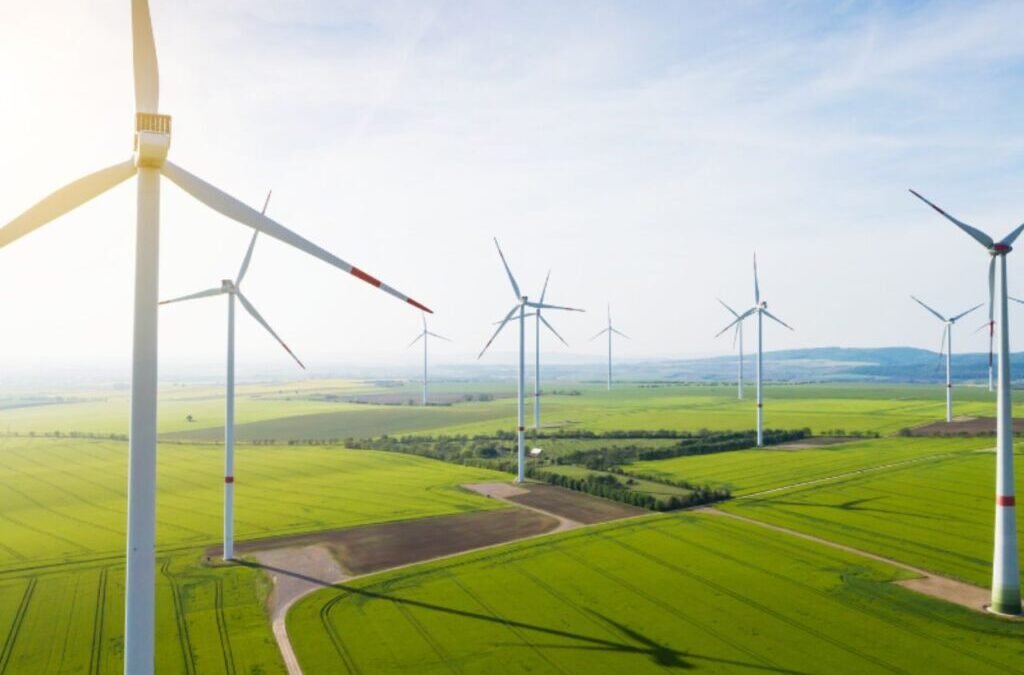Synopsis: There is a sector that holds the key to the growth trajectory of various upcoming and futuristic sectors like AI, IT, semiconductors, data centres and more. Let us find out which sector and how it influences other sectors.
The energy sector includes all businesses that produce, supply, and deliver energy, an essential which is a backbone of the world economy. It covers both non-renewable sources like oil, gas, and coal, as well as renewable options such as solar, wind, and hydro. As emerging economies expand, global energy demand continues to rise.
Although cleaner energy is steadily gaining ground, thermal power still plays the biggest role in electricity generation. Overall, the sector is vast, interconnected, and vital for powering everything from daily household needs to large-scale industrial operations.
Let us see how the energy sector affects the other segments.
Semiconductor and high-tech industries.
Making chips takes an incredible amount of electricity. Semiconductor fabs run highly sensitive machines, spotless clean rooms, and heavy cooling systems all day, every day. Even a short power dip can destroy entire batches of wafers worth millions. As chip technology becomes more advanced, these energy needs only grow. That’s why the semiconductor industry can function properly only in places where power is stable, affordable, and available around the clock.
From 2016 to 2023, while producing chips from 10 nm to 3 nm scale, the Taiwanese chip giant TSMC consumed energy ranging from 110 GW to around 250 GW, showcasing how this one company alone utilises this scale of energy.
Data Centres, AI Training, and Cloud Infrastructure
AI, cloud computing, electric vehicles, and big data centres all run on powerful chips, and they consume huge amounts of energy themselves. A modern data centre can use as much electricity as a small town. Cooling the servers takes almost as much power as running them. So the faster these industries grow, the more energy they need. Countries with strong, low-cost, reliable electricity can build chips more competitively, scale AI faster, and stay ahead in the global tech race.
Generative AI tools are now used by over 1 billion people daily. Each interaction consumes approximately 0.34 watt-hours of energy per prompt. This amounts to around 310 gigawatt-hours annually, which is comparable to the yearly electricity consumption of more than 3 million people in a low-income African country.
Energy sector future outlook.
The global energy sector is undergoing a major transformation. Energy demand is growing due to population growth, economic expansion, and technological progress. Electricity use is rising faster than overall energy because more sectors, including transport and industry, are shifting to electric power.
Renewables are expanding rapidly, taking a larger role in electricity generation, while fossil fuels remain important during this transition. The pathway forward involves improving energy efficiency, upgrading grids, and balancing the mix of old and new energy sources to build a cleaner, more sustainable system worldwide. This transition is complex and gradual, requiring innovation and cooperation across countries.
Written by Leon Mendonca.
The post Why investors must watch energy sector to predict data center and semiconductor performance appeared first on Trade Brains.

